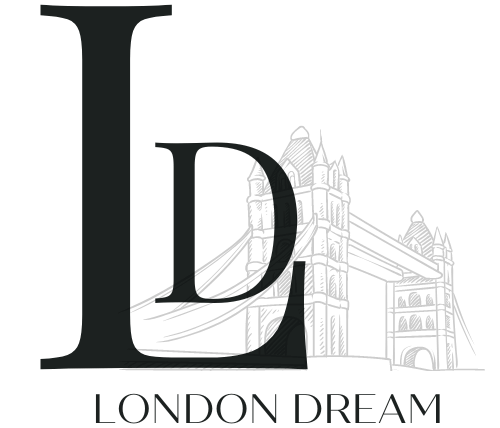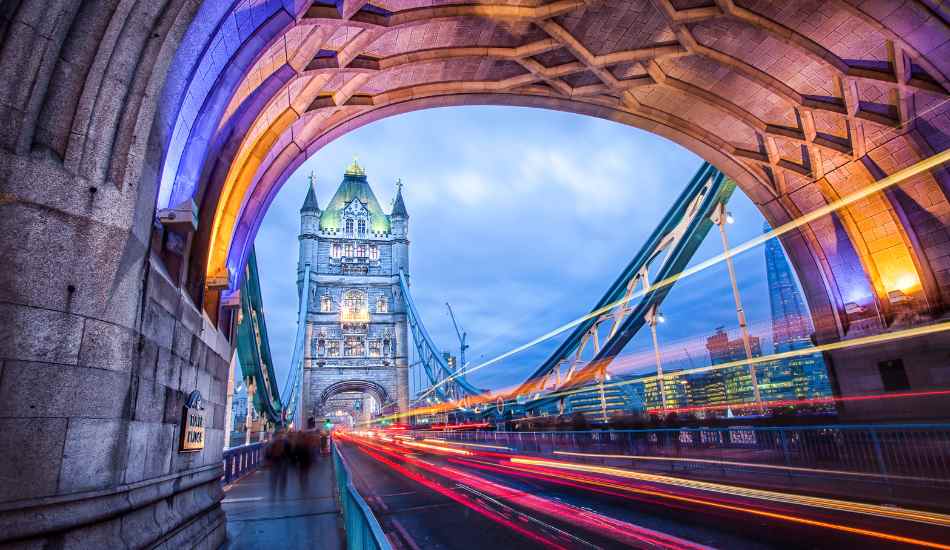London is an incredible city when it comes to history. If you have any passion for things you must see in London, then like many others, you will have read about the city, walked its wonderful streets, and found, no matter how hard you look, that there are always interesting historical facts and even stories to find, down each bustling street.
London is a stunning city worth visiting and has plenty to offer. London is famous as the home of unique bars, interesting eateries, cultural venues, and of course historical sites. This is among the main reasons why historians such as me adore travelling to London.
Here we have put the list of Historical Places You Must See in London
The Tower of London
The Tower of London is a fortress situated next to the river Thames with a history intimately connected to the politics and royal society of England. Since its construction by William the Conqueror in 1066 as part of the Norman Conquest, its history spans nearly a thousand years. However, The Tower has served as a palace for the monarchy, an inventory office, a treasury, a menagerie, a public records office, and the home of the Royal Mint. It is a microcosm of the diverse narrative of the British past.
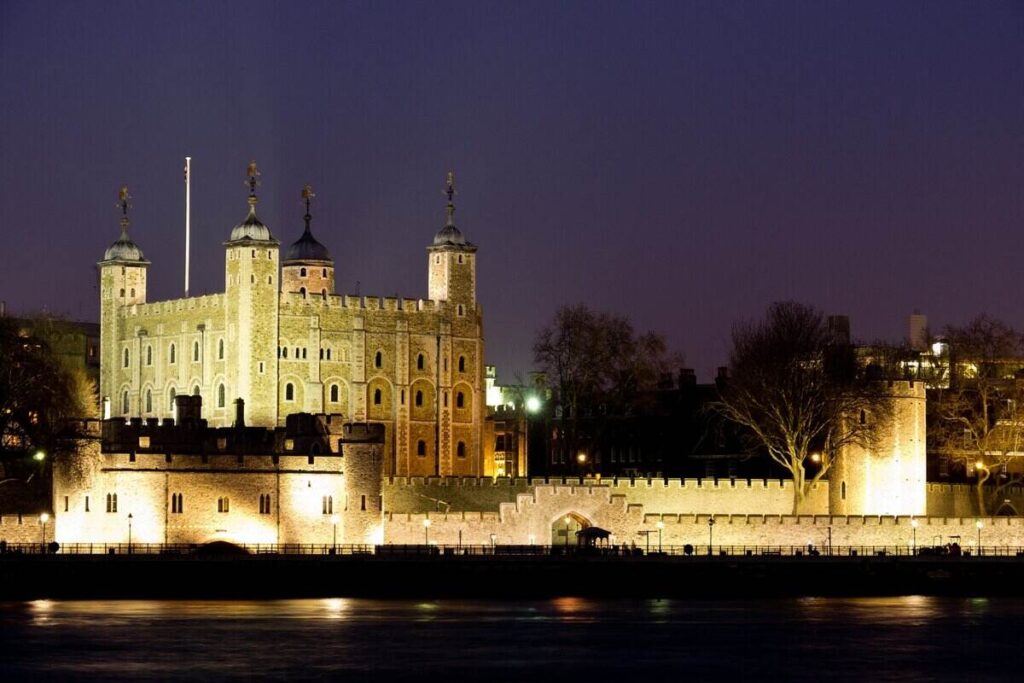
Today, visitors can tour the Tower, view the priceless Crown Jewels, hear the stories of the people who’ve been held prisoner within its walls, and learn the legend of the ravens–animals on whom the kingdom is said to depend. The Beefeaters, also known as Yeoman Warders, offer excursions filled with stories of murder, intrigue, and betrayal that have occurred inside and around the Tower’s stonework.
Westminster Abbey
The Westminster Abbey is perhaps the most well-known church in the UK famous for royal weddings, funerals, coronations, and other ceremonies.
A long and diverse background it has served as a functioning religious place for more than a thousand years. It was initially known as Benedictine Monastery and is now one of the most visited London tourist attractions to must see in London.
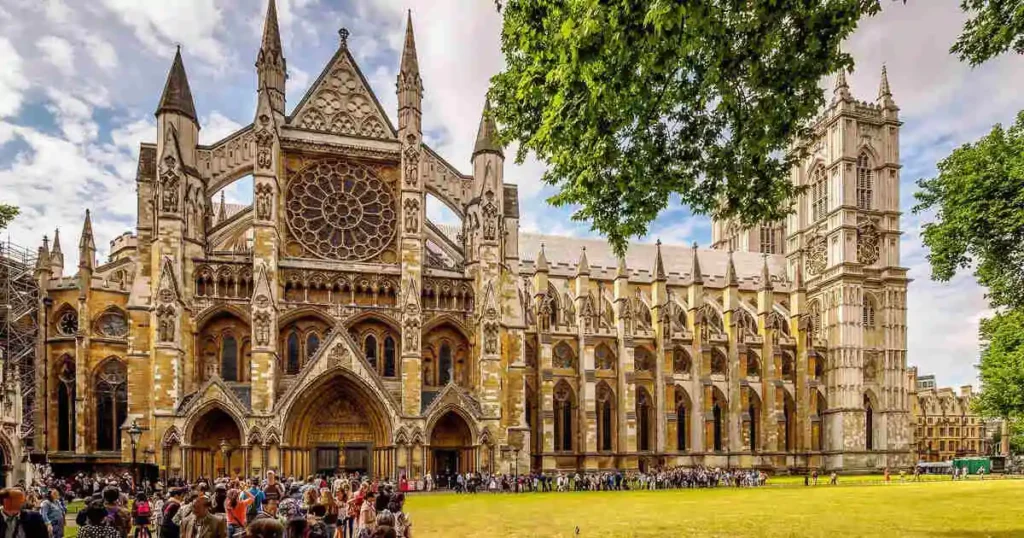
t is located near the Houses of Parliament. It can be reached with the Tube, bus or by boat. The church in itself is an impressive historic Gothic church with even more ancient parts. The extensive assortment of statues, tombs and memorials of other types is an amazing three-dimensional reference to British the past. As if that wasn’t enough, the church of this monarch has also been the location of numerous famous ceremonies.
Church in the Palace
Westminster Abbey is about as amazing a place as you can imagine. The church is open every day and boasts a holy shrine of a saint in its centre.
It is also the place of rest for the Abbey and serves as the last home of more than 3,300 individuals, including sixteen monarchs, poets of The Poets’ Corner, scientists, and political leaders, which makes the Abbey a miniature representation of British science and culture. It is an ideal must-see place in London to tour through the past of the nation, as that is evident through the lives of those who are buried inside the Abbey’s Gothic wall.
The British Museum
British Museum is a public museum devoted to human history arts and culture. It’s situated in the Bloomsbury neighbourhood in London. The museum’s collection, which is permanent and includes eight million pieces is among the biggest ever in the world. It tells the history of humanity’s culture, from its beginnings until today.
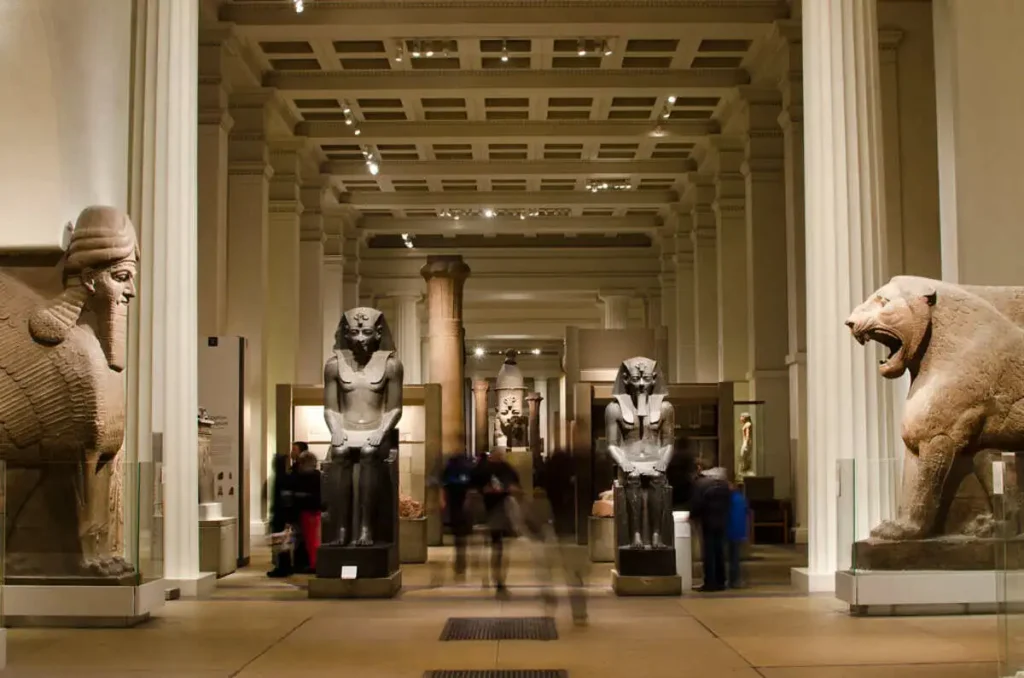
The museum is the best resource for archaeologists and historians. it is also an area to learn and discover for all who are interested in the many facets of the human experience. Beautiful galleries are a source of information about the history of people from all over the globe, beginning with the earliest days of humanity to the current day, which makes the museum a crucial institution for understanding our common history.
Houses of Parliament and Big Ben
This well-known place has represented London’s dignity since many years ago and shows British history with democratic values. The most annoying royal palace located in London better called The House of Parliament also used for the parliamentarians.
The most well-known area of the structure is the North Clock Tower, now called the Elizabeth Tower, which houses Big Ben.
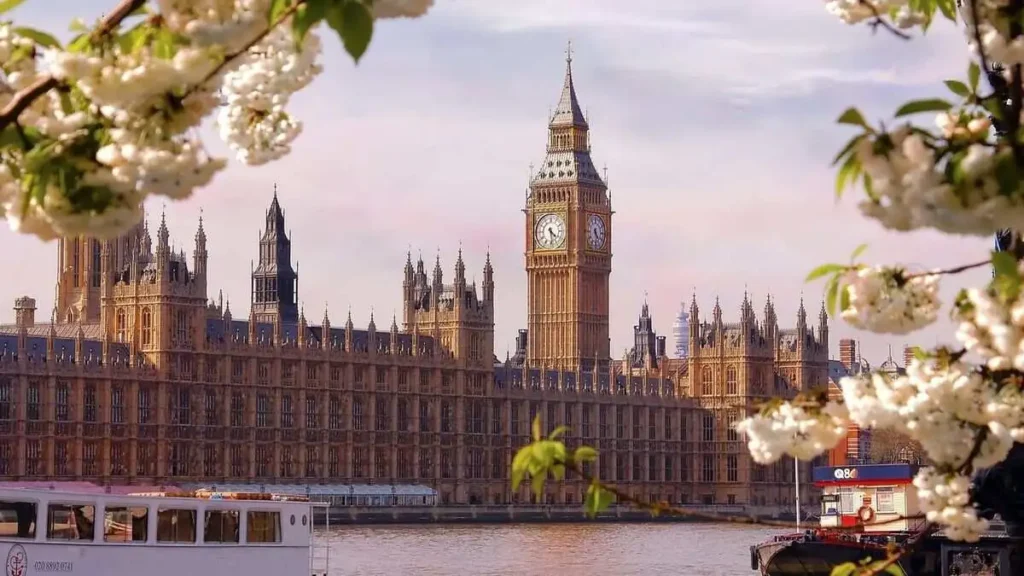
The palace was built on the site of a palace from the medieval period or perhaps the site of a Roman Temple dedicated to Apollo. Although, The use of the palace goes continuously through centuries, from the 11th century. Present times see Westminster Hall, the oldest among all elements found in Parliament as it dates back to the reign of King William II. It dates back to 1097 and is the oldest coronation and the largest in Europe. It also comprises and The 12-97 Edward I Chapel and St Mary Undercroft approved by Edward I and The Jewel Tower built by Edward III in 1366.
Most Well Know Clock
Big Ben a Elizabeth Tower at the Palace of Westminster is home to the most well-known clocks around the globe and where time is taken into account. Big Ben isn’t the tower with 100 meters. However, it is the 13th “great bell’ in the tower, which rings every hour.
Each of the faces is 7m in width, minute hands are 4.2m long, and hour hands each weigh around 300kg. This is the biggest four-faced chiming clock anywhere around the globe.
The clock had been set on May 31, 1859; Big Ben began to sound for the first time in London one month later, on the 11th of July.
Royal Palace began with Cnut The Great (1016-1035) until Henry VIII, this strategically vital riverside location was the principal residence of the King of England up to 1512 when a large portion of the site was destroyed by a blaze.
Danish King Palace
Saint Edward The Confessor constructed the first castle there in 1050. This was in the same year when he was building Westminster Abbey. It was comprised of several structures, including halls as well as private apartments. It was an extension of the Danish King Cnut’s palace.
Following the Norman conquer of 1066, it became the place of political gathering place for the Royal Council (Curia Regis). The first parliament elected was during the 1265 reign of Plantagenet King Henry III. In 1295, King Edward I formed the first officially recognized parliament in England.
Presently, the Houses of Parliament are at the heart of the British Government as the gathering site of both Parliament’s House of Lords and the House of Lords and the House of Commons.
Modern Gathic Palace
The modern Gothic palace, rebuilt around 1854 in 1854 by Charles Barry, has over 1100 rooms, 100 staircases, 11 courtyards, as well as a 200m long terrace that is used to entertain.
Victoria Tower, the southern tower, has a height of 102 metres and was previously the biggest and tallest building anywhere in the world. The top of the tower is a 15m flagpole that is affixed with the Union flag in a sitting position during parliament.
The Roman Walls
The Roman Walls of London are remnants from the old city of Londinium, founded circa AD 50, and serve as evidence of the city’s earliest beginnings. These walls for defence were constructed in the 2nd century and early 3rd centuries. They originally were a distance of nearly three miles. The walls were encircling London as a Roman city. The wall’s sections remain visible to the present, providing a direct connection to the past of London.
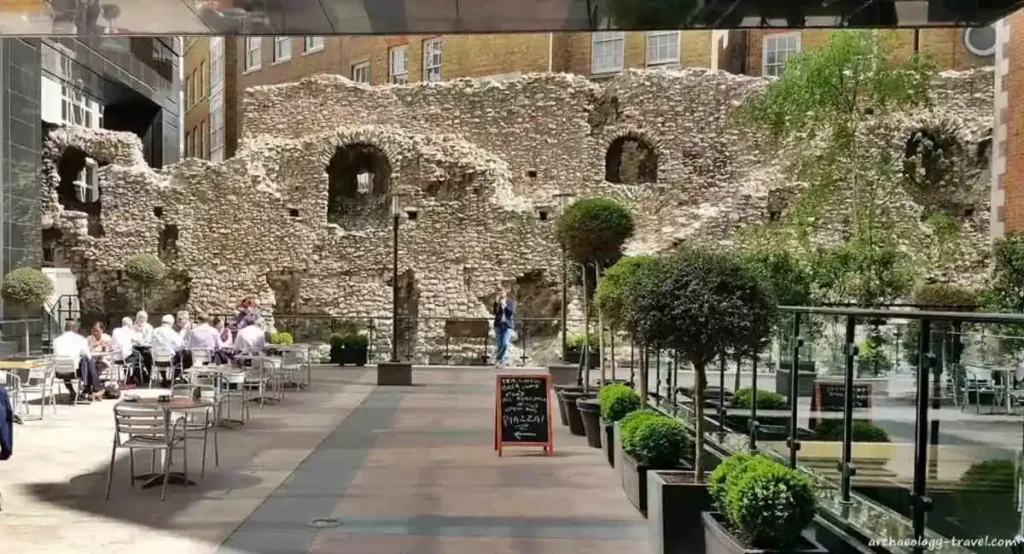
The remains from the Roman Walls give you a unique chance to see the outline of the ancient Londinium as you imagine the town that was once bustling with commerce as well as governance and everyday living during Roman Britain. There is a Museum of London nearby that offers additional insights into the period through exhibits and artefacts that bring the past of Roman London to life.
St. Paul’s Cathedral
This location is located in the middle of London promoted by Sir Christopher after the aftermath of the London Great Fire in 1616
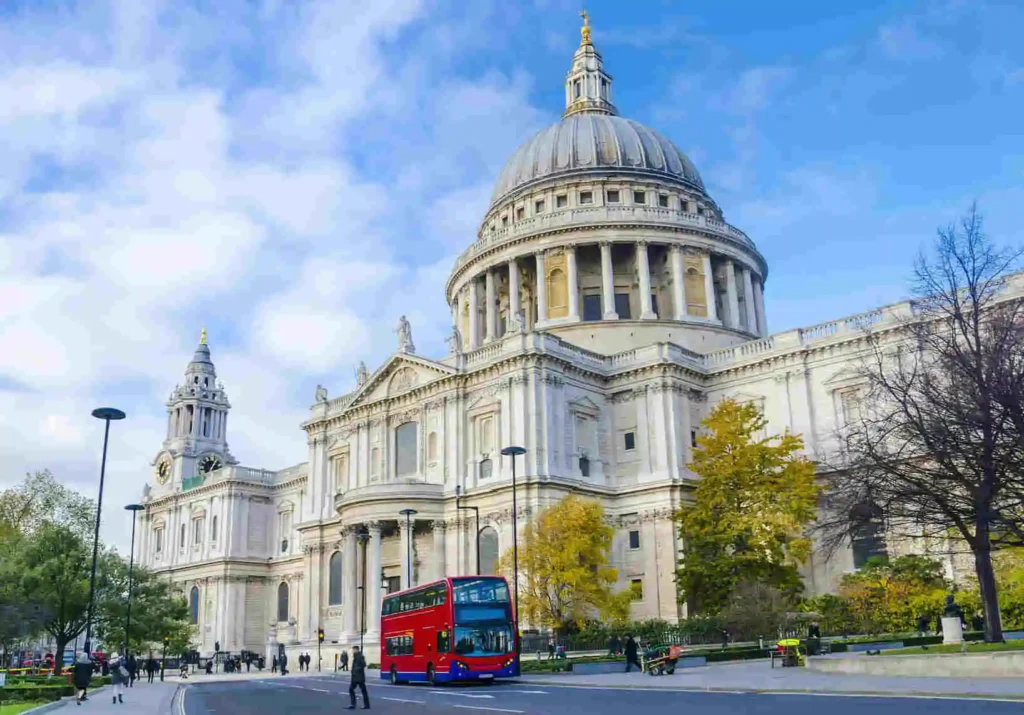
This place is almost 300 years old and still shows iconic landmark sceneries It towers over the diminutive Ludgate Hill in a superb spot that’s been the site for Christian celebration for over 1500 years (and the pagan era before that), St Paul’s Cathedral is among London’s finest structures. In the eyes of Londoners, this massive dome represents the strength and the pride of their city. The view from inside, and then climbing up to its top for breathtaking panoramas of the city is an experience that will be unforgettable.
Hampton Court Palace
One of the must see places, Hampton Court Palace is a Grade I listed royal palace situated in the London Borough of Richmond upon Thames which is located 12 miles northwest and just upstream from central London along the River Thames. The palace is open to visitors, Hampton Court Palace is run through Historic Royal Palaces, a charitable organization that was established to conserve many royal estates that are not occupied.

There is an entry fee to Hampton Court Palace, which gives you access to the garden. Go to the Historic Royal Palaces website to find out more about pricing and hours of operation before visiting.
Parking is provided for vehicles however the location is accessible via transportation services. The closest train station is Hampton Court, and the zone is also serviced by bus route R68 which passes through Richmond.
Royal Observatory, Greenwich
The Royal Observatory in Greenwich holds an important position around the globe, marking that it is the Prime Meridian, where the East connects with the West at Longitude zero degrees. It is the Royal Observatory, Greenwich where you can find the Prime Meridian of the World and the world’s most renowned planetarium. In the past, Royal Observatory, Greenwich played an important contribution to navigation and astronomy and was the birthplace of Greenwich Mean Time due to its position at the point of the meridian’s prime.
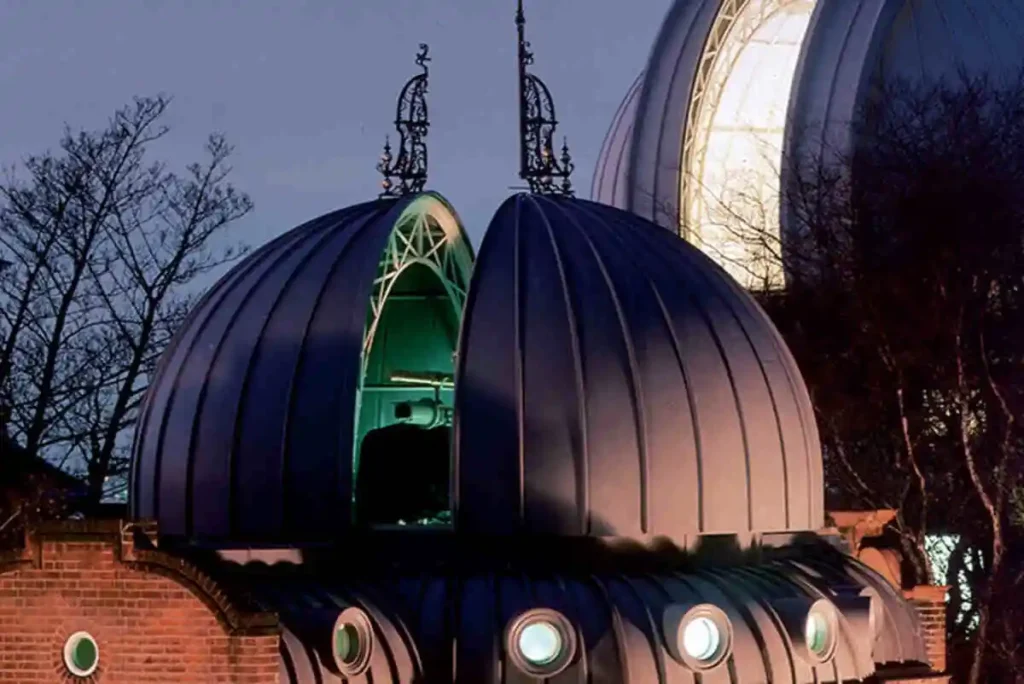
Almost 2 million people in a year go to the Royal Observatory, Greenwich to look at the unique astronomical artefacts of navigation or a planetarium show. In general, people spend two to three hours at the observatory. The shows at the planetarium range between 30 and an hour.
Site of many notable scientific and navigational discoveries. The observatory’s museum has a variety of rare and interesting objects and tools. If you do, you’ll be able to see displays that include old-fashioned marine timekeepers like John Harrison’s H4 watch for the sea as well as the 20th century’s F.M. Fedchenko pendulum clock the equatorial Grubb refractive telescope dating that was made in 1893 as well as many other pieces of horological art.
You Can Also, Visit
The observatory also plays host to its Peter Harrison Planetarium. However, The planetarium hosts fascinating programs such as Phantom of the Universe, an exploration of dark matter as well as One Day on Mars, and the virtual journey to Mars for a look at the terrain as well as the atmospheric conditions on Mars. The red planet.
The Royal Observatory, Greenwich hosts numerous educational shows and events including astronomy classes astrophotography classes, and workshops. Before your visit, look through the schedule to find out what’s scheduled and then book tickets for a unique occasion.
It is located in the Royal Observatory, Greenwich is located near many more fascinating places of interest, such as the Cutty Sark which is the last tea-making machine, as well as the National Maritime Museum, a museum devoted to the past of both the Royal Navy and Admiral Horatio Nelson. It is also possible to visit the Queen’s Residence, an impressive royal residence that is brimming with design, architecture, and history.
Victoria and Albert Museum
The Victoria and Albert Museum in London is the biggest national museum of applied arts, similar to design and decorative art, comprising over 2.27 million objects. It was built in 1852 and assigned the name of the Queen Victoria along with the Prince Albert.
Its collection spans the wall in its entirety, which includes artistic works that date from the ancient past to the contemporary era in a variety of media. The coverage of its collection consists of the entire world from Europe, North America, Asia, and North Africa.

The collections are divided into categories including fashion, jewellery, theatre and performances, furniture ceramics, architecture, and so on. They are all comprehensive, often with a span of many hundred (if not a thousand) years. You shouldn’t be expecting to explore more than a couple of galleries in a single visit.
V&A exhibits its annual seasonal shows very well. They usually are sold out within days of their announcement. Some of the biggest draws are Dior, Coco Chanel, and Alexander McQueen’s retrospectives. They typically will cost about PS20 for a ticket.
Best Deals
Locating the exhibit, you want to visit is much easier said than done It is a labyrinthine museum and has several wings. Get a copy of the map and request directions from one of the friendly staff members to get the best deal.
There are a variety of excursions that are daily and free. There are 4 tours for beginners per day. These are great to get you started.
The best shop around town that sells distinctive gifts, ranging that range from Pink Floyd t-shirts to handmade jewelry. Check out the website before making your visit.
There are three cafes however, they all have a gambling room. The Gamble Room is a work of art by itself and is adorned with intricate ceramic tiles as well as gold leaf. Gamble Room is worth visiting for the chance to sample a piece of Victoria sponge as well as a cup of English breakfast even if it’s not your first time setting foot in an exhibit. The central courtyard is perfect for taking an afternoon stroll when the weather permits.
Visit the exhibition during the season that you’ll usually finish in under the hour (if you’re a beast) or visit for one of the V&A’s Lates parties, which take place every last Friday each month, with entertainment music, DJs, cocktails and occasionally dancing.
Shakespeare’s Globe Theatre
Reconstruction of an Elizabethan playhouse where William Shakespeare wrote his plays The Shakespeare’s Globe Theatre to must see in London offers a unique possibility to witness theatre as it was during the sixteenth century. Situated on the banks of the River Thames, the Globe is not just a functional theatre but also a living museum that focuses on the investigation of Shakespeare’s works and the theatre for which the plays he composed.

A visit to the Globe can be like taking a step back in the past; the open auditorium, which is circular, creates an intimate relationship between performers and the audience, which echoes the shared feeling of Elizabethan audience members. The Globe is also a resource for exhibits and tours that are educational, giving insight into the history and social contexts of Shakespeare’s plays.
